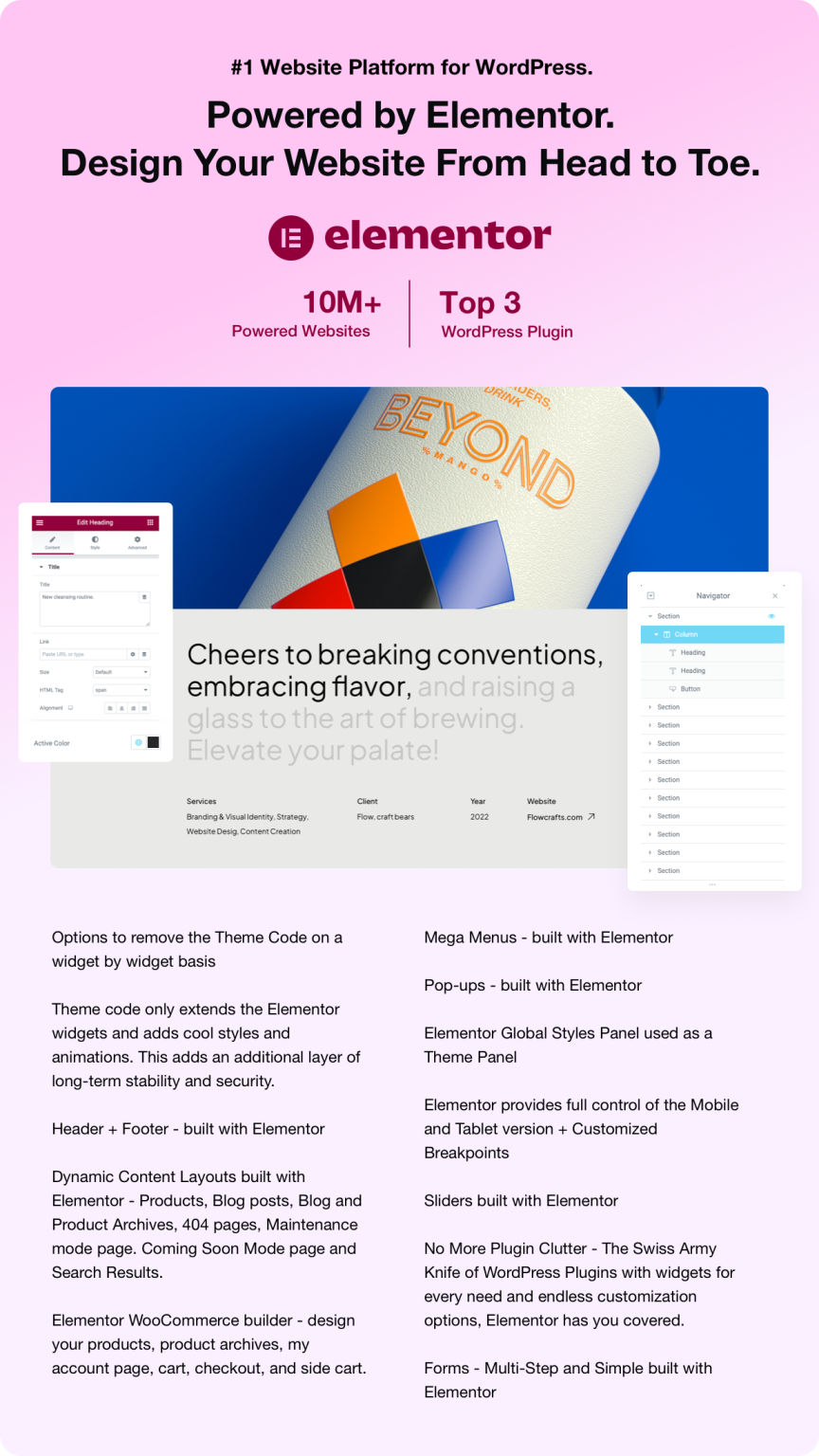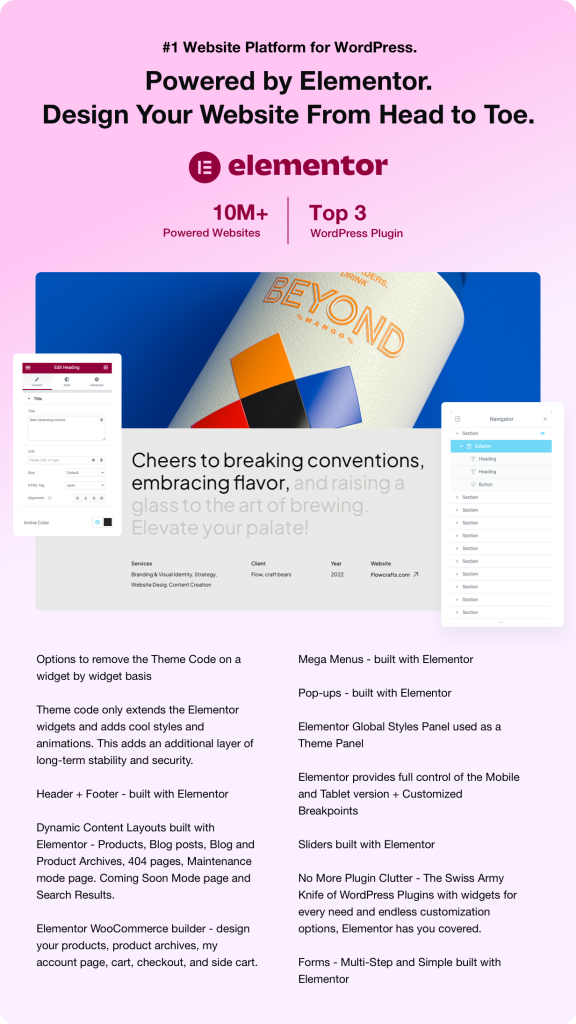In today’s rapidly evolving technological landscape, Artificial Intelligence (AI) stands at the forefront of innovation, reshaping industries and enhancing operational efficiency. Two significant applications of AI technology are in predictive maintenance and chatbot development. This article delves into the latest trends and solutions made possible by these applications, providing insights into their transformative potential across various sectors.
AI technology has become an integral part of modern industrial processes, fundamentally changing how businesses approach maintenance and customer interaction. By leveraging AI for predictive maintenance and chatbot development, companies are not only improving their operational capabilities but also enhancing customer experiences and driving innovation.
### Understanding AI for Predictive Maintenance
Predictive maintenance refers to the use of AI and machine learning algorithms to predict equipment failures before they occur. This proactive approach helps organizations identify potential issues and perform maintenance activities only when necessary, greatly reducing downtime and minimizing costs.
The traditional maintenance approach, often referred to as reactive or planned maintenance, is both time-consuming and costly. Reactive maintenance occurs after equipment failure, while planned maintenance follows a strict schedule regardless of the actual condition of the equipment. AI for predictive maintenance shifts this paradigm by utilizing data analytics, machine learning, and IoT (Internet of Things) technologies to forecast failures based on real-time data.
Recent studies indicate that predictive maintenance can reduce maintenance costs by up to 30% and increase equipment uptime by up to 20% (Source: McKinsey & Company). Companies across industries are harnessing these benefits, including manufacturing, aerospace, and energy sectors.
### Trends in Predictive Maintenance
1. **Data Integration**: The integration of data from various sources, such as sensors, historical maintenance records, and operational metrics, is becoming crucial. AI algorithms analyze this data to detect patterns and anomalies, enabling organizations to fine-tune their maintenance strategies.
2. **Machine Learning Models**: Advanced machine learning models are continuously improving their predictive capabilities. These models can learn from historical data and adapt to changes in equipment performance over time, making their predictions more accurate.
3. **IoT Sensors**: The proliferation of IoT sensors is facilitating real-time data collection from machinery. This data forms the backbone of predictive maintenance systems, enabling businesses to monitor equipment continuously and respond to changes instantly.
4. **Cloud Computing**: Cloud solutions are providing a platform for storing and processing vast amounts of data. Companies can leverage cloud computing to access their predictive maintenance systems remotely and ensure scalability.
### Case Study: AI Technology in Predictive Maintenance
A notable example of AI’s impact on predictive maintenance can be seen at Siemens, a global technology company. Siemens implemented an AI-driven predictive maintenance system for its gas turbines. By analyzing thousands of data points collected from turbines, the system predicts failures with high accuracy. This implementation has led to reduced maintenance costs and significant increases in operational efficiency, exemplifying AI’s potential in the energy sector.
### The Rise of AI Chatbot Development
In addition to predictive maintenance, AI technology is rapidly transforming customer service through AI chatbot development. Chatbots are AI-powered applications designed to simulate human conversations using natural language processing (NLP) capabilities. By automating customer interactions, businesses can provide 24/7 support while significantly reducing operational costs.
### Trends in AI Chatbot Development
1. **Natural Language Processing (NLP)**: Advances in NLP are enabling chatbots to understand and respond to customer inquiries more effectively. AI algorithms can now comprehend context, sarcasm, and complex questions, allowing for more natural conversations.
2. **Personalization**: Modern chatbots are becoming increasingly capable of delivering personalized experiences. By analyzing user data and previous interactions, chatbots can tailor responses that cater to individual customer needs.
3. **Integration with Other Technologies**: Organizations are integrating chatbots with various platforms, such as CRM systems and social media channels, to streamline customer interactions across multiple touchpoints. This integration helps create a seamless customer experience, regardless of where the interaction occurs.
4. **User-Friendly Interfaces**: The focus on user experience is driving the development of more intuitive chatbot interfaces. Businesses are prioritizing design elements that allow customers to engage easily with chatbots.
### Case Study: Chatbot Development in E-Commerce
A successful implementation of AI chatbot development can be seen in Sephora, a leading cosmetics retailer. Sephora’s chatbot utilizes AI to assist customers with product recommendations, store locations, and order tracking. The chatbot enhances the shopping experience by providing instant responses to customer queries, leading to increased customer satisfaction and loyalty. This successful use case exemplifies how AI chatbot development can enhance the customer journey in the e-commerce sector.
### Technical Insights: Building Effective AI Solutions
To develop effective AI solutions for predictive maintenance and chatbot applications, several technical considerations must be addressed:
1. **Data Quality**: High-quality data is crucial for both predictive maintenance models and chatbot algorithms. Businesses must invest in proper data collection practices, ensuring that the data used for training is accurate, comprehensive, and relevant.
2. **Model Selection**: Selecting the right machine learning models is essential for achieving optimal performance. For predictive maintenance, organizations might choose techniques such as regression analysis or neural networks. For chatbots, deep learning models that support NLP capabilities are often favored.
3. **Continuous Learning**: AI solutions must be designed for continuous improvement. Predictive maintenance systems should be updated regularly with new data to enhance prediction accuracy. Similarly, chatbots need to learn from user interactions to provide better customer support over time.
4. **Security and Compliance**: As with any technology that handles sensitive data, ensuring security and compliance with regulations is paramount. Organizations should prioritize data protection measures while developing AI solutions.
### Future Trends in AI Technology
Looking forward, the future of AI technology in predictive maintenance and chatbot development appears promising. Some anticipated trends include:
– **Increased Automation**: As AI technology evolves, the automation of both maintenance and customer interactions will continue to grow, allowing businesses to allocate resources more efficiently.
– **AI-Enhanced Decision Making**: AI will play an increasingly integral role in decision-making processes, helping businesses leverage data-driven insights to make informed strategic choices.
– **Greater Collaboration Between Humans and AI**: The relationship between humans and AI will evolve, with AI acting as a support tool for employees rather than a replacement. This collaboration will enable professionals to focus on complex tasks while AI handles routine processes.
### Conclusion
AI technology is at the cusp of revolutionizing predictive maintenance and chatbot development, driving performance improvements and enhancing customer experiences across industries. By understanding current trends, solutions, and use cases, organizations can harness the transformative power of AI to drive innovation, reduce costs, and gain a competitive edge. As AI technology continues to evolve, it holds the potential to redefine how businesses operate, making it a valuable asset in the modern marketplace.
*Sources:*
1. McKinsey & Company – “The Future of Predictive Maintenance”
2. Gartner – “Market Guide for AI-Powered Chatbots”
3. Siemens Press Release – “Innovative Solutions for Predictive Maintenance”
4. Harvard Business Review – “The Rise of AI Chatbots in E-Commerce”.
This exploration of AI technology–focusing on predictive maintenance and chatbot development–illustrates the dynamic potential of AI, emphasizing the need for businesses to adapt and innovate in an increasingly digital world. By leveraging these technologies, companies can not only improve operational efficiency but also deliver exceptional customer experiences that define modern business success.




















